How to set up, connect and play audio from a soundbar

Your soundbar has arrived and it’s now sitting there, waiting to be plucked out of its packaging. How do you set the soundbar up?
We’ll go through all the details you need to consider, from placement to connection and the final things you need to consider to optimise performance, and get you started on the road to better TV sound.
Related: Best Soundbar
Where should you place your soundbar?
You have a choice of placing the soundbar in front of the TV, or on the wall if the telly is wall-mounted. Soundbars can come with wall-brackets in the packaging (screws aren’t often supplied). If not, wall-mounting solutions are available from the manufacturer’s site or third-party options.
Make sure the surface is wide enough to accommodate, and ensure that the surface you place it on is flat – a TV rack, shelf or table will do. Ideally it will be in the centre of whichever piece of furniture you opt for, and there won’t be anything on the sides. If there is, it may end up obstructing sound if the speaker is capable of firing effects out to the side.
Place it at ear level (sitting down) as a soundbar produces directional sound (i.e. fires sound at the listener). It should sit in front of the TV (or below for wall-mounting) and facing towards your seating position. A TV with a central stand – as opposed to feet – offers enough clearance so the soundbar doesn’t cover up the TV’s IR signal.
Related: Best Dolby Atmos soundbar
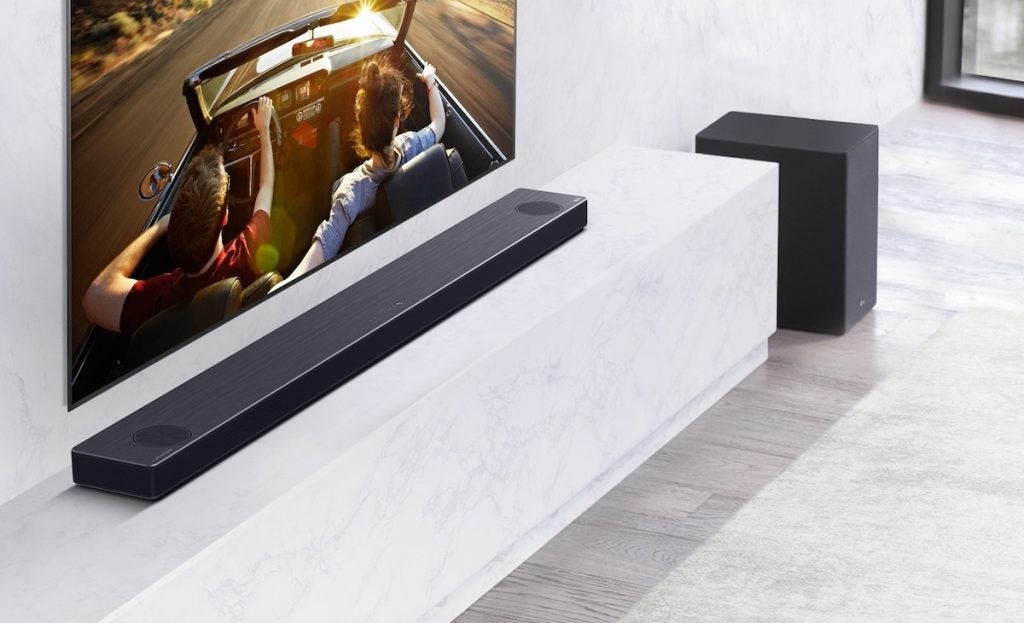
While some suggest placing a soundbar in a cabinet, that’s a definite no-no, especially for Dolby Atmos soundbars. There needs to be clearance above the unit so it can bounce sound off the ceiling. Even with conventional soundbars the potential for echoes, reverberations and vibrations is too much. Do not put the speaker on the floor either.
If you’ve bought a bar/subwoofer combo, the sub offers non-directional sound to the soundbar’s directional audio, therefore placement isn’t as restricted. However, this doesn’t mean it can be placed anywhere in a room, but some subs can be close to your seating position (i.e. the sofa), or you can have it near the soundbar instead.
Once everything is set up and connected, play around with the position of the subwoofer by playing a bassy scene from a film you’re familiar with to find the best location/performance. Conventional wisdom suggests if you want more bass, place the sub next to a wall or in an enclosed area. The results aren’t always welcome, from either an overpowering sound to a boomy effect.
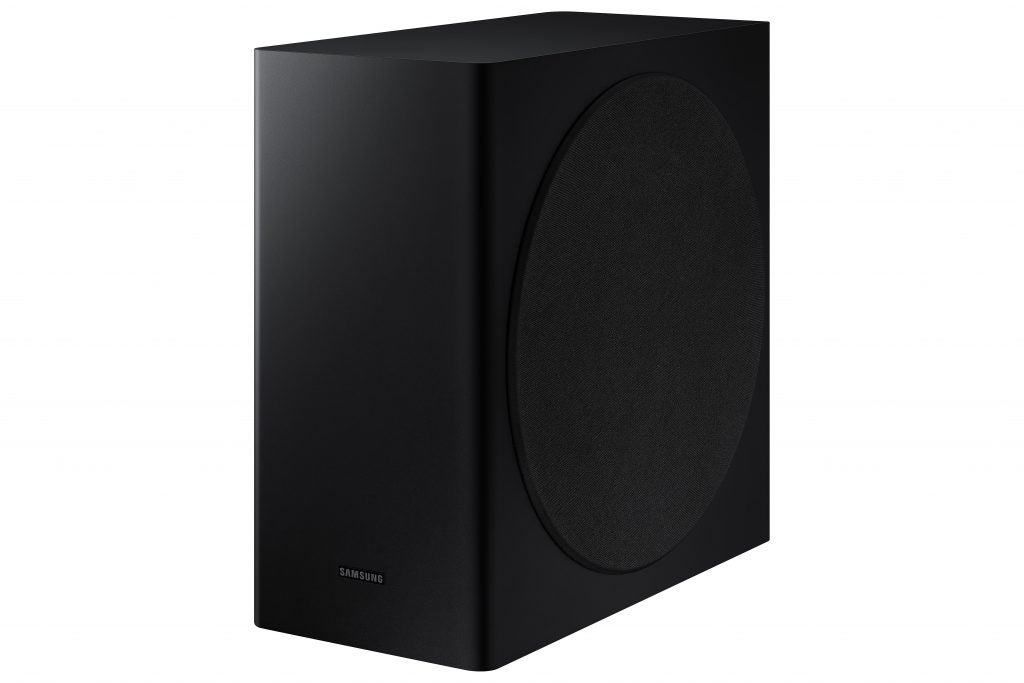
If all else fails, consult the manufacturer’s manual on what they think is best. For Atmos soundbars you’ll need to sit at a certain distance to get a sense of height in the sound, and this measurement can be found in the manual or online.
Most soundbar/subwoofer combos will pair together wirelessly. Others may require a wired connection, but this is more the case for very cheap soundbars. If you’ve purchased a soundbar without a subwoofer, check to see if there’s a subwoofer output connection around the back. This will allow you to add one later on if you want to upgrade down the line.
Connecting the soundbar to the TV
So, you’ve found a good place – a potential sweet spot even. Now you need to get the soundbar connected.
There are various ways of doing this, but the best option is HDMI. HDMI can transfer both picture and sound, and ARC has been around since 2009. It allows data to flow in both directions, so from the TV to the soundbar and vice versa.
There is HDMI ARC and HDMI eARC. The former is supported by practically every TV on the market; the latter not as much. You can read more about ARC here, and get your head around eARC over here.
eARC allows for uncompressed audio to be sent to the speaker, and is the best way to experience object-based audio soundtracks such as Dolby Atmos or DTS:X. It’s supported by more expensive TVs (£1500 and above), but not always included in the spec.
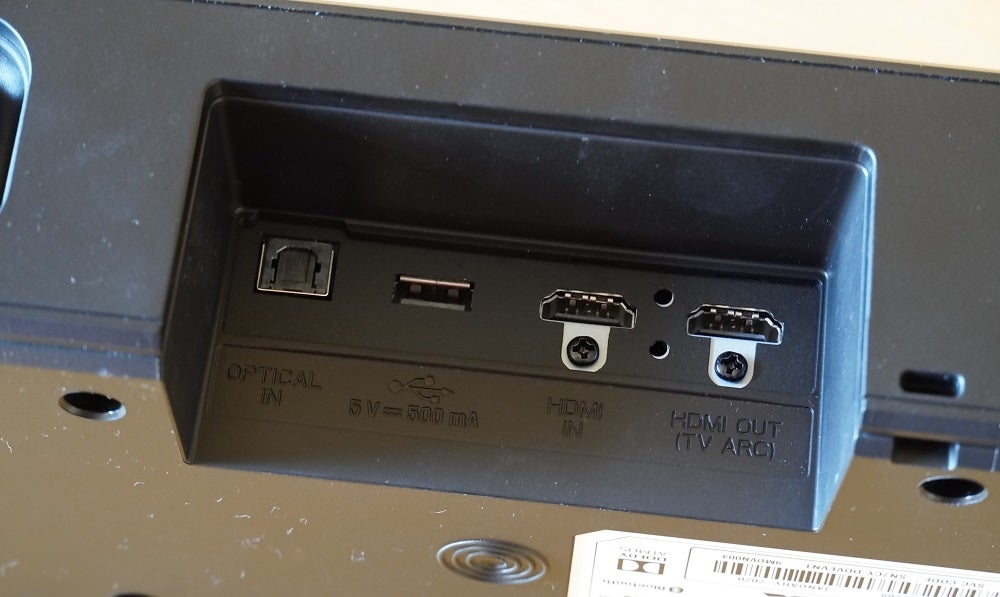
An ARC connection on a soundbar must be connected to the TV’s ARC connection. The same applies with eARC, and they will be labelled as such on the TV and soundbar. If you plug the soundbar into a different HDMI port, you won’t get the benefits of either ARC or eARC. For some TVs this doesn’t matter. For instance, all of the HDMI ports on LG’s OLED TVs are eARC compatible.
If you have a source plugged into the soundbar such as 4K Blu-ray player, make sure the soundbar can pass-through HDR. Some, such as Samsung’s soundbars, will let all types of HDR signals through (HDR10, HDR10+, Dolby Vision). Some are like lollipop ladies/men, they’ll only let HDR10 or Dolby Vision through.
The next best choice is an Optical digital (or Toslink). Similar to HDMI, it transmits audio digitally. If neither the TV or soundbar supports Atmos: the TV lacks HDMI inputs, or you prefer sound to go out via a dedicated output, Toslink is the port for the job.
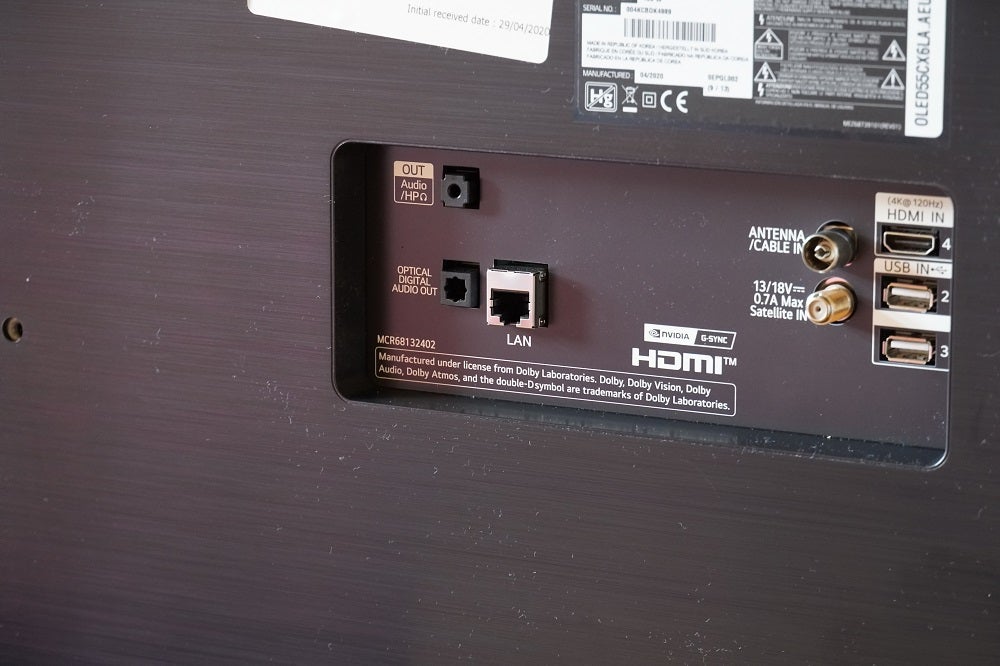
External sources (4K Blu-ray player etc) support Optical digital, and you can plug the cable there if you choose. However, that means the soundbar will only receive sound from that source, and when you switch to the TV, it will rely on its own speakers.
An analog/AUX connection tends to appear on the most basic and cheapest of soundbars. Connection via this method won’t result in the same performance as HDMI or Optical, but it’ll suffice.
The final way of connecting the soundbar to the TV is Bluetooth. The convenience is that it’s cable-free, but the sound quality won’t be as good, and there’s the possibility the connection may suffer from interference. Not every TV supports Bluetooth either.
Some manufacturers include a HDMI cable with their soundbars (Canton, VIZIO), while some have an Optical cable. Don’t assume a soundbar will have what you need. Check ahead of purchase to see what it does come with, or buy a HDMI/Optical to ensure you have a spare if need be.
Ethernet/Wi-Fi will be there for connection to the Internet. If it has an Ethernet, you can plug it straight into the router. If it’s Wi-Fi, you’ll need to search and type in the password for access. Some soundbars are tied into apps that make this process easier, such as the Sonos S2 controller or Denon HEOS app. If you see a USB cable, this can be for plugging in a memory stick, but often this is for updating the soundbar if it doesn’t have Wi-Fi.
Make sure sound is playing from the soundbar
By now you’ve found a good placement and an optimal connection. Now you need to make sure it works.
Most modern TVs detect a connection to an external audio device over HDMI and automatically default to it. Other TVs don’t, so you’ll need to dive into the settings to make sure.
Related: Best 4K TV
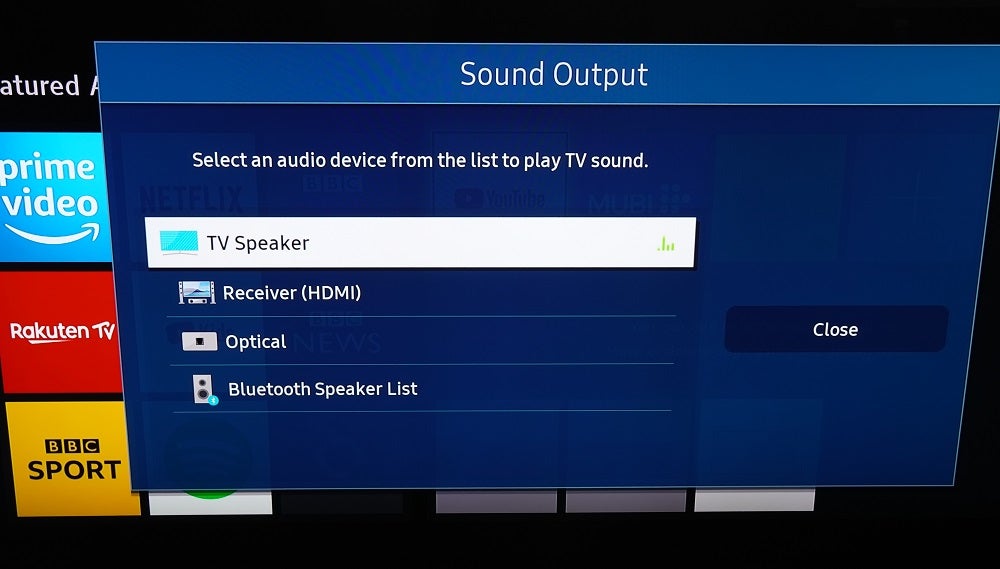
In the sound settings of the TV you’ll see a selection of the available outputs: TV, Receiver (HDMI), Bluetooth or SPDIF (Optical). Select the one your soundbar is connected to and play some audio to make sure.
Some TVs can confuse the matter by having different labels. If you see ‘Amplifier’ instead of HDMI, choose this as it’s usually a catch-all term for an external sound device.
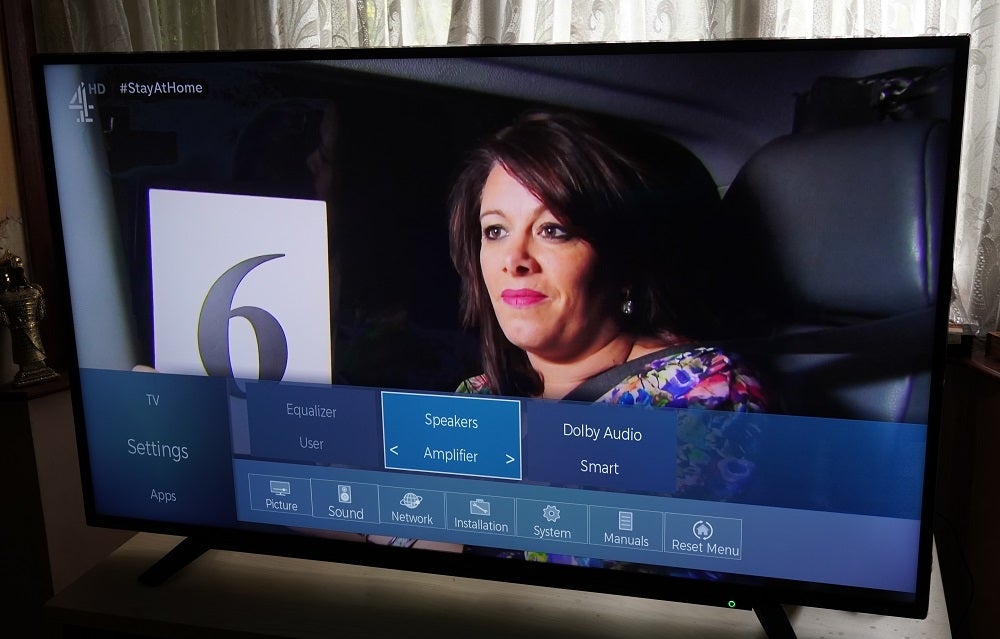
Play audio through the soundbar and make sure it sounds good to your ears. If not, now’s the time to tweak the placement or fiddle with EQ settings/modes.
With a number of TVs supporting HDMI-CEC, you can control the volume level with the TV remote. Any specific features you need (subwoofer levels, display dimmer), consult the soundbar zapper.
And that’s it. Everything you need to get your soundbar up and running.


